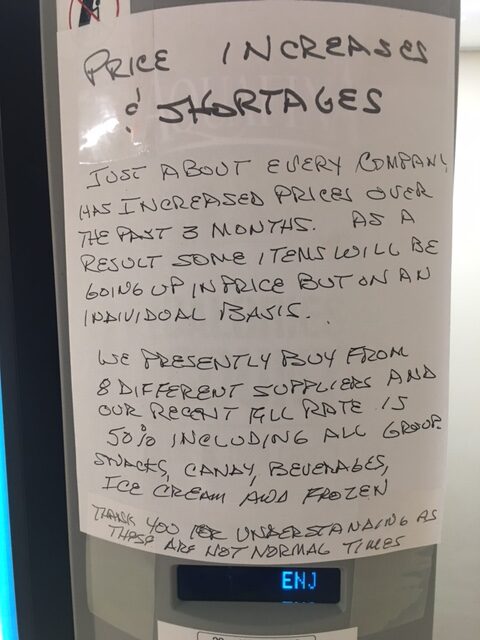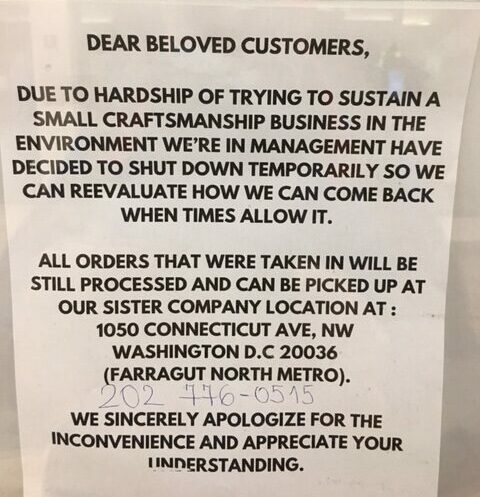The number of Christmas cards I received in the mail this year was overwhelmed by solicitations for yearend donations. They came from near and far: Chevy Chase Rescue Squad (volunteers), theater and dance groups, churches, hospitals and many national organizations from Doctors without Borders, the Salvation Army and Planned Parenthood.
What each tried to do in their appeals was to stress their local consequences. Here is one request from a supporter of our local live theater:
Dear Charles,
I know you have many options for charitable donations during this year’s holiday season. By now, you’ve been flooded with emails, texts, and phone messages asking for your generosity.
Instead of getting lost in the shuffle, I’d like to tell you why I’ve been giving to Round House for more than two decades and will continue to do so.
For my wife Lorraine and me, it started out quite simply: we wanted to support a local theatre serving our community both artistically and educationally. Round House stood out because it was right in our backyard, doing quality work, and truly impacting the community.
Through our giving we have been able to help not only in Round House’s growth but also in enhancing Bethesda and the greater DC area—a place we have loved and been a part of for so long.
I am incredibly proud of how Round House has confronted the many challenges of the pandemic—from being one of the first theatres in the country to pivot to virtual productions and continuing education programs online to safely returning to live performances and in-person classes with robust covid protocols and viewing options in place to protect artists, patrons, and staff.
Despite all that has happened in the world over the last two years, Round House has remained resilient and continued to be an asset to this community by offering bold, outstanding theatrical and educational experiences both virtually and in-person.
Your contribution helps Round House be a theatre for everyone and continue making an impact in the community.
The Advantages of Local
Local is about connections, being involved with people where they live, work and play. The impact is not limited by geography, but is rooted in people’s ability to see their organization at work.
Writer Nick Wolny who promotes online business effectiveness, has written about the lessons from brick and mortar, what he calls the entrepreneurial efforts of the “Original Gangster” (OG) firms.
My first job when I was 16 years old was working at a bakery. I was slingin’ scones and washing dishes until my fingers were pruned.
The owners were a husband and wife. The husband baked all the bread.
We lovingly called him “Bread God”.
This guy was at the shop at 3:00am to start the breads… seven freaking days a week. 🥖
And he did it with a smile.
In the years that followed – and eventually when I came to have my own business as well –
Reminding myself of the brick-and-mortar hustle kept me honest and focused.
It’s easy to cut corners as an online entrepreneur.
In his article Four Insights Creators Should Steal from Offline Business Owners, he describes the advantages of local presence for which there is no on-line counterpart. He closes the article:
In its current iteration, the creator economy has existed for about ten-ish years. Meanwhile, brick-and-mortar business owners have been grappling with the fundamentals of business for centuries. We could learn something from what they prioritize.
Credit unions have existed for 112 years. Their virtual strategies for two decades. How credit unions sustain the advantages of local while expanding online transaction capabilities is the critical investment decision all will continue to confront.




